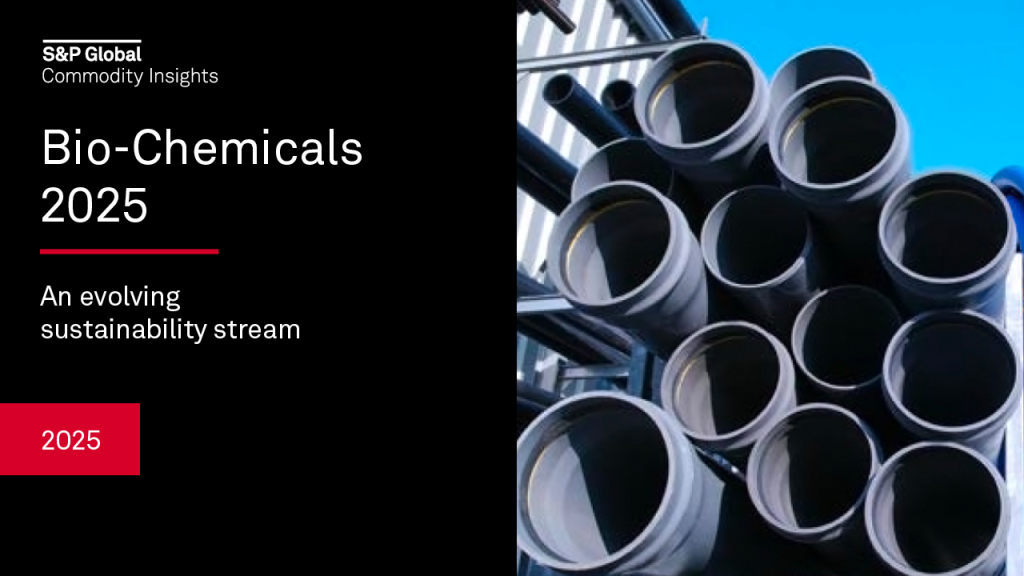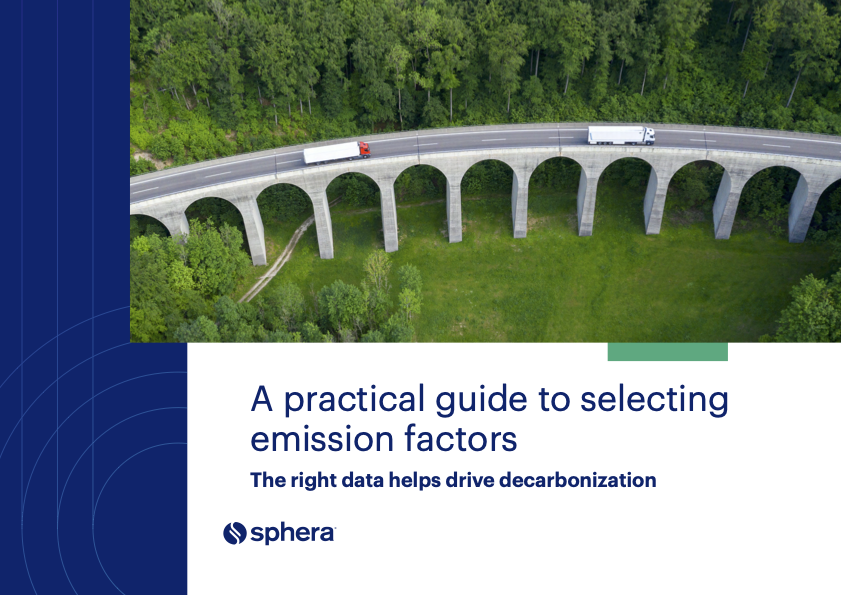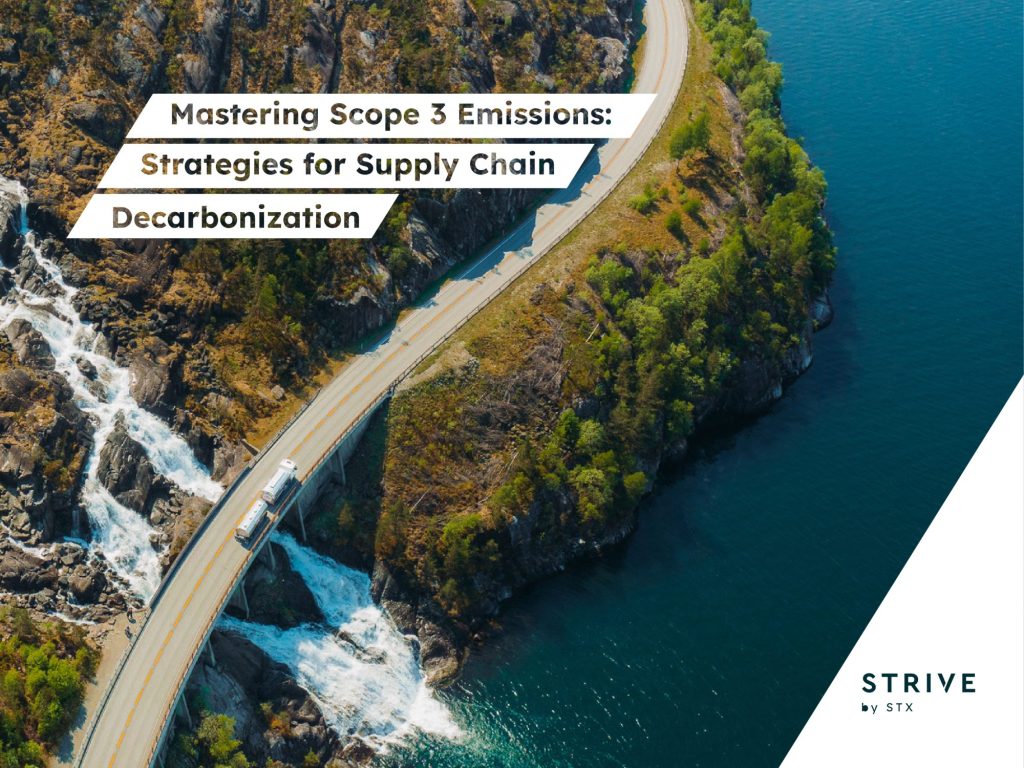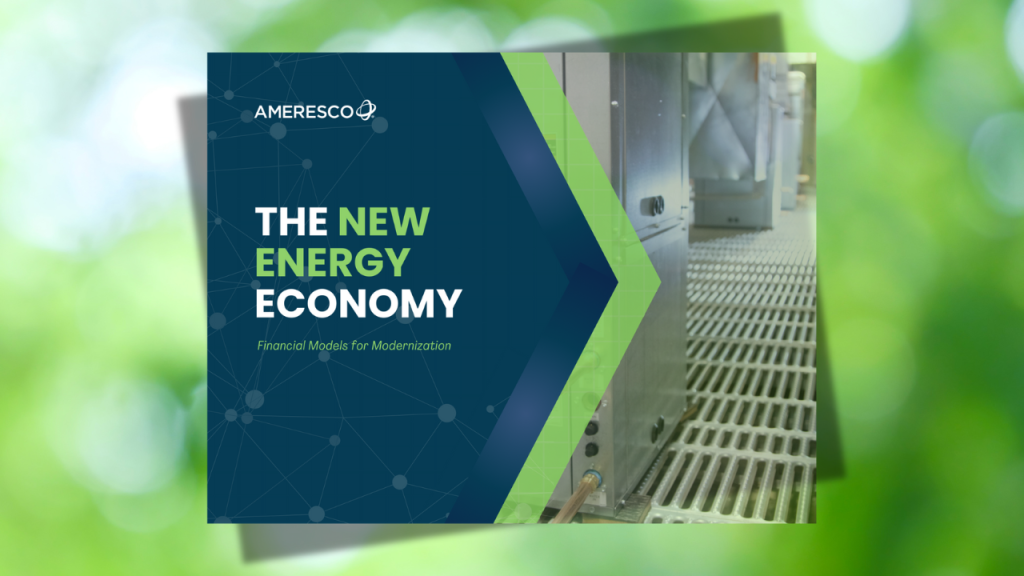Why Interface is betting on carbon-negative materials over offsets
The flooring company and sustainability pioneer wants to be carbon negative by 2040, with bio-based materials helping drive the shift. Read More

-
- Interface’s “All In” strategy, announced last year, targets negative emissions across its value chain.
-
- The target’s expanded scope includes emissions from use and disposal of Interface flooring.
-
- Money previously spent on offsets is being diverted into attempts to source lower-carbon materials.
The flooring company Interface might not be known to the average consumer, but in sustainability circles its reputation is hard to beat. In 2000, under the leadership of the late Ray Anderson, Interface said it would eliminate its impact on the environment within 20 years. A quarter of a century later, most other large companies have still not committed to anything so ambitious.
Interface met Anderson’s goal a year early. Then, in April, it unveiled a new commitment for 2040. Trellis checked in this week with Liz Minné, the company’s head of global sustainability strategy, for an update.
From Mission Zero to ‘All in’
To hit the emissions component of its 2000 goal, which Interface dubbed “Mission Zero,” the company ratcheted up use of renewables and sourced low-carbon materials.
It also factored in “ripple effects,” defined as emissions benefits that take place out of its value chain as a result of Interface actions. These included encouraging a supplier to provide nylon made from recycled materials — a product other companies then used — and helping capture methane from a Georgia landfill, which Interface and other companies then purchased. These two projects avoided 1 million metric tons of carbon dioxide emissions, which Interface subtracted from its total. The company also purchased offsets to certify some products as carbon-neutral.
Both those tactics have been discontinued under Interface’s “All In” strategy, with the offsets spending being diverted to projects aimed at cutting emissions and storing carbon in materials it uses. By 2040, the company now wants to be carbon negative across its value chain without using offsets. (It’s worth noting that the company has not quantified the extent to which it aims to be carbon negative. In theory, it could make a carbon-negative claim the moment its emissions cross from zero to negative.)
In the near term, Interface is working towards 1.5-degree-aligned science-based targets, which call for a 50 percent drop in absolute Scope 1 and 2 emissions by 2030 from a 2019 base year, alongside a cut of the same size in Scope 3 emissions from purchased goods and services and a 30 percent reduction in emissions from business travel and employee commuting.
Quitting offsets didn’t impact Interface’s emissions accounting, Minné noted. Interface used the offsets to market specific products as carbon neutral, but under the rules of the Science Based Targets initiative, which has validated Interface’s 2030 goal, they could not be counted against near-term emissions.
Carbon negative materials
It’s too early to evaluate progress toward the 2040 goal, but Interface remains comfortably on track for its 2030 targets. The Atlanta-based company is more than halfway to its goals for Scopes 1 and 2, for instance. Combined these account for just 3 percent of the nearly 400,000 tons of carbon dioxide equivalent Interface emitted in 2024 and, like many other companies, Scope 3 remains a much bigger challenge. But emissions from purchased goods and services, one of the hardest Scope 3 categories to tackle, have fallen by 43 percent.
Incorporating low carbon materials is one tactic behind the Scope 3 cuts. Interface has worked with a partner — Minné would not say more beyond describing it as a major chemical supplier — to source a material containing carbon captured during manufacture. Interface said in April that the unnamed ingredient is used in all carpet tiles it produces in Europe and the U.S.
That helps cut the tiles’ carbon footprint. To tip products into carbon-negative territory, Interface sources bio-based ingredients, which contain CO2 captured during growth. Minné was similarly reluctant to reveal details of these materials, citing commercial considerations, but noted that Interface targets sources such as agricultural waste or other “rapidly renewable” environment products. The carbon-negative material is used in the backing for carpet tiles and is now standard in Europe, with production growing in the U.S.
The path to 2040
In addition to eschewing offsets, Interface has raised its ambition by expanding the scope of the emissions covered by its 2040 target. This raises some thorny challenges. Downstream emissions associated with use of its floors are included, which means Interface needs to estimate the carbon released when its floors are vacuumed or washed — and somehow persuade the organizations doing so to adopt lower-carbon methods.
As a first step, Interface is gathering data on how customers clean its floors. Then it will look at issues such as use of renewables. “If they aren’t doing that, are there ways we can help them make the connection so that they can look for RECs or other mechanisms to do renewable energy?” said Minné. “And then in the cleaning space there are some interesting things happening with carbon captured materials that can be used for cleaning.”
The expanded scope for 2040 also includes end-of-life product emissions, something Interface has been working on for some time. Since 2016, the company has collected more than 80 million pounds of post-consumer carpet, close to 70 percent of which has been reused or recycled into its production processes. As a fraction of total production, Minné said this was “relatively low,” adding “we need it to get higher — this is one of our critical strategies.”
Tracking the fate of flooring is not easy. “The reverse logistics are incredibly challenging because most often we don’t know where that product is 10 years after we send it out,” said Minné. New regulations, including tougher carpet recycling requirements passed last year in California, will provide an assist, she added. The forthcoming Circular Economy Act, currently open for consultation in the European Union, may further accelerate progress.
Companywide buy-in will be needed to deliver on all these goals, but Interface does not tie compensation to sustainability targets, an oft-touted means of ensuring support. Interface’s reputation as a sustainability pioneer removes the need for that, Minné said: “Our leadership at the highest level — our CEO, our board — understand and support our targets. That trickles down.”

Subscribe to Trellis Briefing
Featured Reports

The Premier Event for Sustainable Business Leaders
















